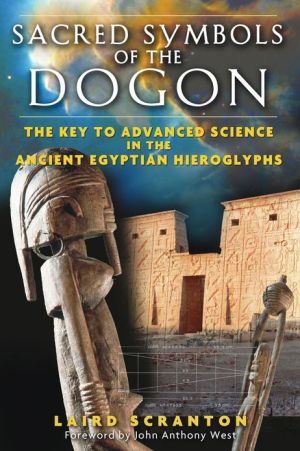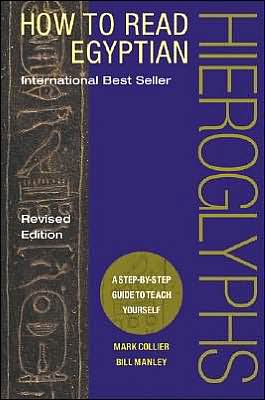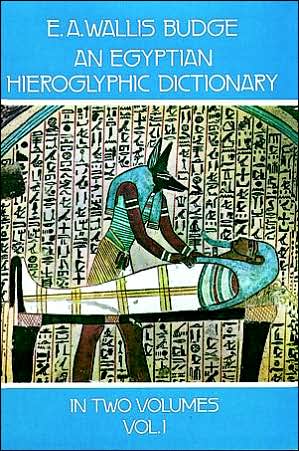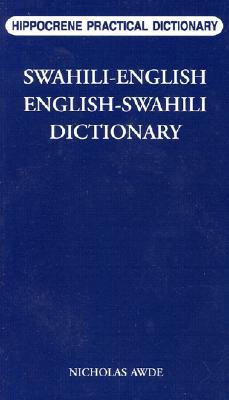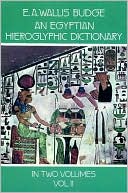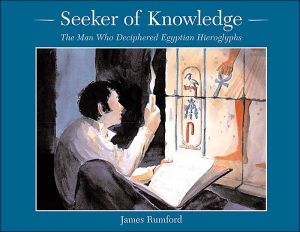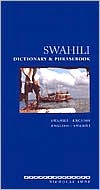Sacred Symbols of the Dogon
Dogon cosmology provides a new Rosetta stone for reinterpreting Egyptian hieroglyphs\ • Provides a new understanding of Egyptian hieroglyphs as scientific symbols based on Dogon cosmological drawings\ • Use parallels between Dogon and Egyptian word meanings to identify relationships between Dogon myths and modern science\ In The Science of the Dogon, Laird Scranton demonstrated that the cosmological structure described in the myths and drawings of the Dogon runs parallel to modern...
Search in google:
Using Dogon symbols as a “Rosetta stone,” Laird Scranton reveals references within the ancient Egyptian language that correlate to a wide range of modern scientific components of matter. The author’s findings provide an entirely new understanding of Egyptian hieroglyphs--that they were scientific symbols based on Dogon cosmological drawings. Nexus New Times Magazine "An exciting thesis to make us all think."
Sacred Symbols of the Dogon\ The Key to Advanced Science in the Ancient Egyptian Hieroglyphs \ \ By Laird Scranton \ Inner Traditions\ Copyright © 2007 Laird Scranton\ All right reserved.\ ISBN: 9781594771347 \ \ \ \ \ from Chapter SIX\ \ \ \ EGYPTIAN CONCEPTS OF ASTROPHYSICS\ \ \ \ Given the many consistent correlations that have been shown to exist between symbols of Dogon and Egyptian mythology and modern science, it would not be unreasonable to suggest that the symbols of Dogon and Egyptian myth and language were intentionally designed to describe the underlying structure of matter.\ \ \ \ Yet the science of astrophysics involves more than just the rote recitation of the component elements that comprise matter. Any correct understanding of these components rests on basic concepts and principles that underlie the processes by which they are formed--concepts that for modern cultures only came to be understood slowly, over long periods of time, and as a result of the successive contemplations of some of the most insightful minds in history. Knowing this, we must assume that if some ancient authorities knew about each of the various subcomponents of matter, then they also understood these underlying concepts.\ \ \ \ We spoke previously about Albert Einstein’s theory of relativity and his formula E = mc2, which defines a three-way relationship between mass or acceleration, time, and the speed of light.\ \ \ \ If the theoretical designer of the Egyptian language had full knowledge of the concept oflight, then we would expect the Egyptian hieroglyphs to reflect that knowledge. The Egyptian word for light is aakhu, a word whose pronunciation corresponds with the Dogon word Ogo, the name of an allegorical character from Dogon mythology who symbolizes light. There is also a related Egyptian deity named Aakhu who, according to Budge, was the Egyptian god of light. We can interpret “aakhu” as a defining word for the light glyph ª because--as our criteria require--it describes the ideographic concept depicted by the glyph and includes the light glyph as its final character. The word “aakhu” includes another Egyptian glyph that we have mentioned but not explored--the – glyph, which Budge interprets as a sieve, although his dictionary defines no Egyptian word for sieve that includes it.\ \ \ \ The concept of the sieve is an important one in the Dogon tradition and one that Dictionnaire Dogon suggests can be understood by way of metaphor. In both the Dogon language and the Egyptian hieroglyphic language, the phonetic value “nu” implies the concept of water. However, for the Dogon, the word nu can also carry the meaning of “bean.” In Dictionnaire Dogon, Genevieve Calame-Griaule tells us that the Dogon preserve beans by covering them with sand. To use the beans later, the Dogon employ a bean sieve to separate them from the sand. This process is considered a metaphor for the act of divination, which the Dogon define as the process of separating truth from error. However, divination is also a process associated with water, and so the act of separating the seed-like beans from the water-like sand might also be seen as a metaphor for the emergence of particles from waves.\ \ \ \ An alternate, if somewhat unorthodox, interpretation for the Egyptian sieve-glyph shape, based on the Dogon pronunciation of “nu” and its use in an ideographic context, would be that it depicts a pool of water and carries one of three meanings: “source” (as a lake can be considered the source of a river), “limit” (as the bank of a lake can be considered the limit of the water it contains), or “effect, result, or product” (as a collected pool of water is the effect or product of accumulated rainfall).\ \ \ \ Ideographically, the meaning “pool of water” becomes apparent in a series of Egyptian words. The word kheb –Øõ means “marsh” and reads ideographically as “pooled water, place of plants”--a precise definition of a marsh. The word khebs –Ø…}, meaning “a diving bird,” reads ideographically as “pool of water, place of a diving bird”; and the word khefi-t means “quay, shore, bank, landing-stage” in four out of five spellings.\ \ \ \ Rising water, we know, acts as nature’s sieve, as was demonstrated by the annual flooding of the Nile in Egypt, an event that deposited rich soil used for planting after the waters receded.\ \ \ \ Either interpretation, that of a sieve or that of a pool of water, provides an appropriate metaphor for the concepts of source, limit, and product or result. When we apply our ideographic meanings to each of the glyphs in the defining word “aakhu,” they read as follows:\ \ \ \ DEFINITION OF THE LIGHT GLYPH (AKHU)\ \ \ \ Light ΔU–ª That which Δ comes to be U the limit – followed by the light glyph ª\ \ \ \ According to Dogon mythology, at the time of the formation of the universe, Ogo became impatient for Amma’s creation to unfold. Ogo thought that he could create a universe as perfect as Amma’s, and so he stole a square piece of her placenta, which he believed to contain his twin sister. However, Amma had foreseen Ogo’s actions and placed the spiritual principle of the twin sister beyond Ogo’s reach.\ \ \ \ We can interpret this episode of Dogon mythology as a parable about astrophysics. In the analogy, if Ogo represents light, as the corresponding Egyptian word “aakhu” confirms, then Ogo’s twin sister would represent time. Likewise, the square that Ogo stole from Amma’s placenta would symbolize space, the ideographic concept that we assign to the Egyptian square glyph ç based on its appearance in words relating to the concept of spaciousness. The episode about Ogo specifically states that these events happened outside of space and time. In fact, according to Dieterlen, it was these very acts by Ogo that “prefigured” the attributes of dimension, space, and time in the universe. If we apply the symbolic meanings of “light,” “time,” and “space” to the characters of the Dogon myth, then we can see that the eternal chasm that came to exist between Ogo and his twin sister at the time of the formation of the universe expresses the essential nature of the relationship between light and time as it is defined in modern astrophysics.\ \ \ Continues... \ \ \ \ Excerpted from Sacred Symbols of the Dogon by Laird Scranton Copyright © 2007 by Laird Scranton. Excerpted by permission.\ All rights reserved. No part of this excerpt may be reproduced or reprinted without permission in writing from the publisher.\ Excerpts are provided by Dial-A-Book Inc. solely for the personal use of visitors to this web site. \ \
Foreword by John Anthony West Acknowledgments ONE Introduction to Dogon Science in the Egyptian Hieroglyphs TWO Science and the Structure of Matter THREE Dogon Cosmology FOUR Dogon Symbols and Egyptian Glyphs FIVE Defining Egyptian Glyphs SIX Egyptian Concepts of Astrophysics SEVEN Egyptian Glyphs, Words, and Deities EIGHT The Nummo Fish NINE Symbolic Structure of the Egyptian Language TEN The Tuat ELEVEN Egyptian Phonetic Values TWELVE Revisiting the Symbolism of Dogon Cosmology THIRTEEN Conclusion Afterword APPENDIX A Egyptian Glyphs by Concept APPENDIX B Ideographic Word Examples Notes Bibliography Index
\ John Dering“Sacred Symbols of the Dogon will challenge the reader to seriously consider that ancient civilizations possessed a scientific sophistication rivaling our present-day theories of matter and the fundamental forces of physics. Highly recommended for anyone who has questioned the mainstream view of ancient civilization as scientifically primitive.”\ \ \ \ \ David Paulsen"Scranton relates complex and difficult topics in a simple and straightforward manner that, while requiring attention to detail, leads to significant and rewarding realizations."\ \ \ Neil Hudson". . . an important tome in a larger body of work which points towards a 'lost chapter' in human history, pre-dating the last ice age."\ \ \ \ \ Nexus New Times Magazine"An exciting thesis to make us all think."\ \ \ \ \ The Midwest Book Review" . . . here the Dogon symbols are revealed in a discussion of ancient Egyptian languages and scientific parallels sure to interest any New Age collection interested in scientific foundations of early Egyptian history."\ \ \ \ \ From the Publisher\ " . . . here the Dogon symbols are revealed in a discussion of ancient Egyptian languages and scientific parallels sure to interest any New Age collection interested in scientific foundations of early Egyptian history."\ \
